Introduction
As a loving dog parent, you always want to ensure your furry companion is happy and healthy. One important part of your dog's health that often goes unnoticed is their lymph nodes. Understanding where they are and what they do can help you detect potential health issues early. So, let’s dive into it!
What Are Lymph Nodes and Why Do They Matter?
Lymph nodes are small, bean-shaped glands that are part of your dog’s immune system. They filter harmful substances and help the body fight infections. When your dog’s lymph nodes swell, it could be a sign of an underlying health issue, such as an infection, inflammation, or even cancer.
Where Are Lymph Nodes Located on Dogs?

Dogs have lymph nodes all over their bodies, but the most noticeable ones are located in specific areas. Here’s where you can find them:
1. Submandibular Lymph Nodes (Under the Jaw)
-
Located just below the lower jaw on both sides of the neck.
-
Easily felt when swollen.
-
Often affected by dental infections, throat infections, or respiratory issues.
2. Prescapular Lymph Nodes (Front of the Shoulders)
-
Found just in front of the shoulders.
-
Help drain lymphatic fluid from the head and neck region.
-
May swell due to infections in the upper body.
3. Axillary Lymph Nodes (Under the Armpits)
-
Located in the armpit area.
-
Usually hard to feel unless enlarged.
-
Can be affected by infections or tumors in the chest and forelimbs.
4. Inguinal Lymph Nodes (Groin Area)
-
Found in the inner thigh, near the groin.
-
Help filter lymph from the hind legs and lower abdomen.
-
May become swollen due to infections or reproductive system issues.
5. Popliteal Lymph Nodes (Behind the Knees)
-
Located on the back of the hind legs, just behind the knee.
-
Often checked by vets because they are easy to find.
-
Can swell due to infections or systemic illnesses.
What Does It Mean When Your Dog’s Lymph Nodes Are Swollen?
Swollen lymph nodes, also called lymphadenopathy, could indicate various conditions, including:
-
Infections (bacterial, viral, or fungal)
-
Allergic reactions
-
Inflammatory conditions
-
Immune system disorders
-
Cancer (such as lymphoma)
If you notice swelling in your dog’s lymph nodes, it’s best to consult your vet for a proper diagnosis.
How to Check Your Dog’s Lymph Nodes at Home

Checking your dog’s lymph nodes regularly can help catch problems early. Here’s how:
-
Feel under their jaw – Gently press along the lower jaw for any lumps.
-
Check in front of the shoulders – Run your hands down their neck to their shoulders.
-
Touch under their armpits – Lift their front legs and feel for bumps.
-
Check their groin area – Gently press on the inner thigh.
-
Feel behind their knees – Run your fingers behind their hind legs.
If you feel any unusual swelling or lumps, don’t panic—but do reach out to your vet.
When Should You Be Concerned?
Not all swollen lymph nodes are cause for alarm, but see a vet if:
-
The swelling lasts more than a few days.
-
Your dog seems tired or unwell.
-
There are additional symptoms like fever, weight loss, or loss of appetite.
-
The lymph nodes feel very hard or fixed in place.
Treatment for Swollen Lymph Nodes in Dogs
Treatment depends on the underlying cause. Some common approaches include:
-
Antibiotics for bacterial infections.
-
Anti-inflammatory medications for allergic reactions or mild infections.
-
Chemotherapy for cancerous conditions like lymphoma.
-
Surgical removal in rare cases if the lymph nodes are severely affected.
Your vet will determine the best course of action based on tests and examinations.
Keeping Your Dog’s Lymph Nodes Healthy

-
Regular vet check-ups – Routine exams can catch health issues early.
-
Healthy diet – Good nutrition supports a strong immune system.
-
Exercise – Keeping your dog active promotes overall well-being.
-
Regular grooming – This allows you to check for lumps or changes in their body.
Conclusion
Lymph nodes play a crucial role in your dog’s immune system, helping them fight off infections and stay healthy. Knowing where they are and how to check them can help you detect health issues early and ensure your pup gets the care they need. If you ever notice anything unusual, don’t hesitate to consult your vet!
FAQs
Can I feel my dog’s lymph nodes when they are healthy?
In most cases, healthy lymph nodes are small and difficult to feel. If they are enlarged, it’s a sign that something might be wrong.
What should normal lymph nodes feel like?
They should feel soft, small, and movable under the skin. If they feel hard or fixed in place, it’s best to see a vet.
How often should I check my dog’s lymph nodes?
A monthly check during grooming or petting sessions is a good habit. If your dog is unwell, you may want to check more frequently.
Can swollen lymph nodes in dogs go away on their own?
Sometimes mild infections cause temporary swelling that goes away, but persistent or large swelling should always be checked by a vet.
Are swollen lymph nodes in dogs always cancer?
No, there are many possible causes, including infections and inflammation. However, if you notice persistent swelling, consult your vet for further evaluation.


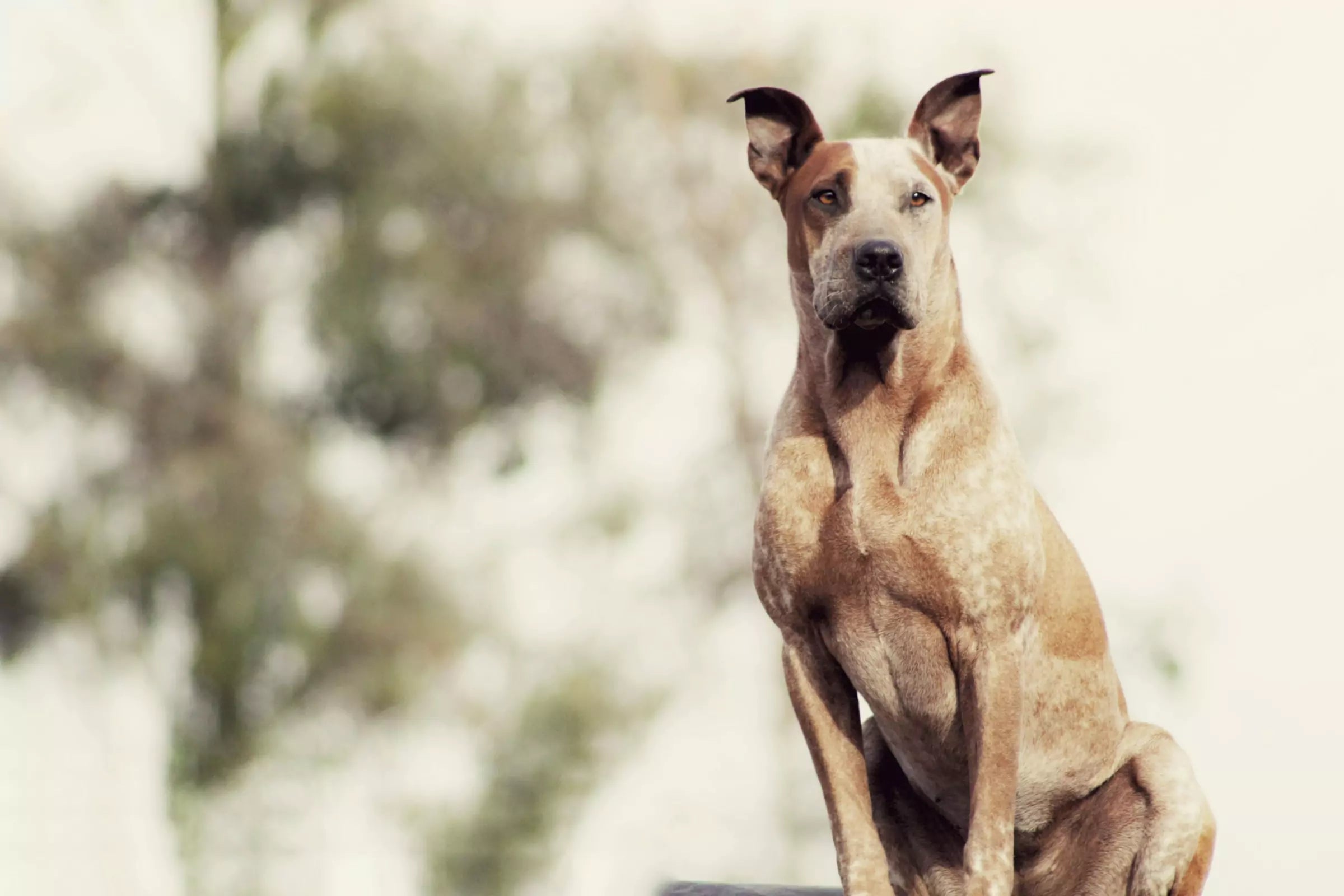
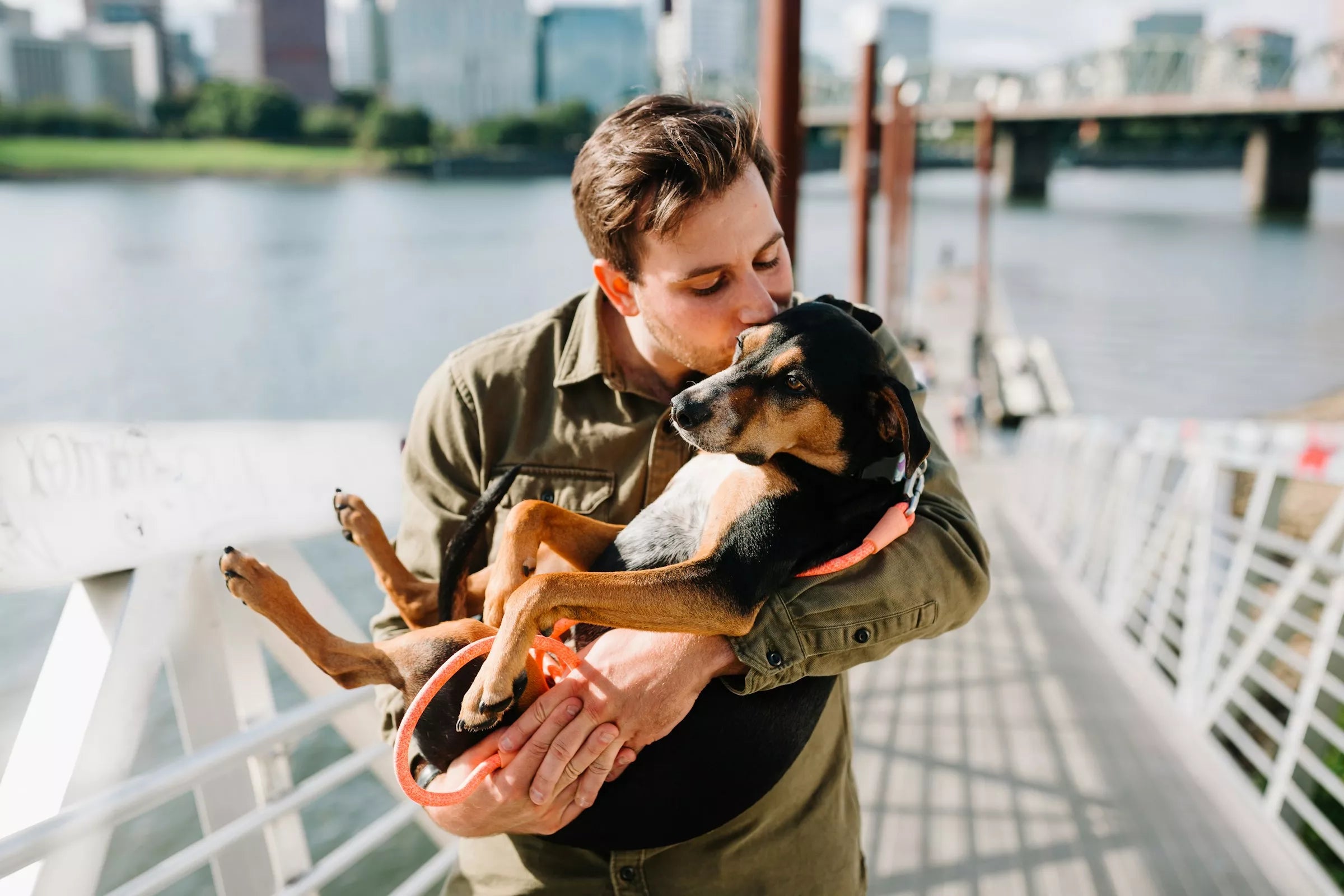
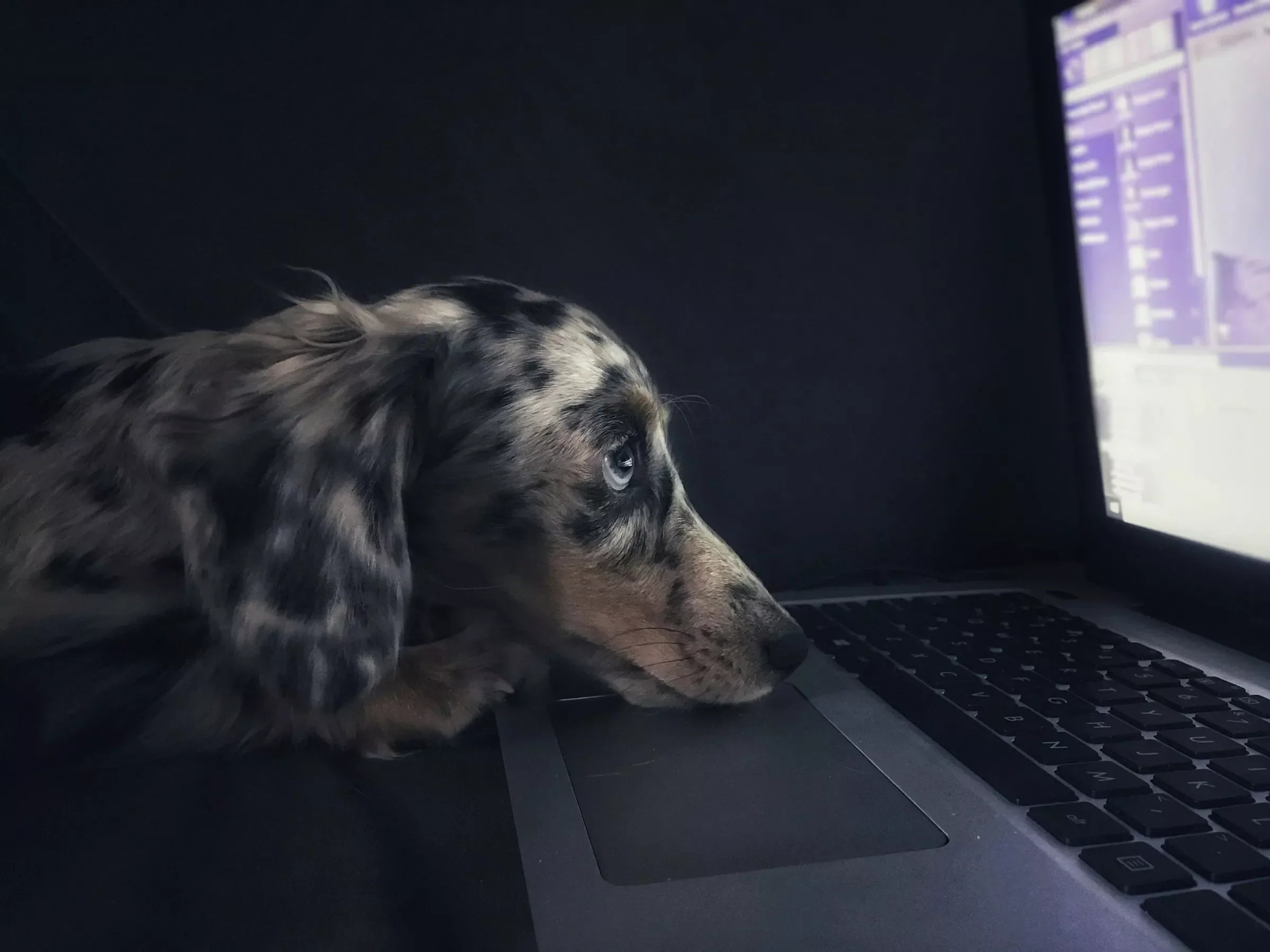

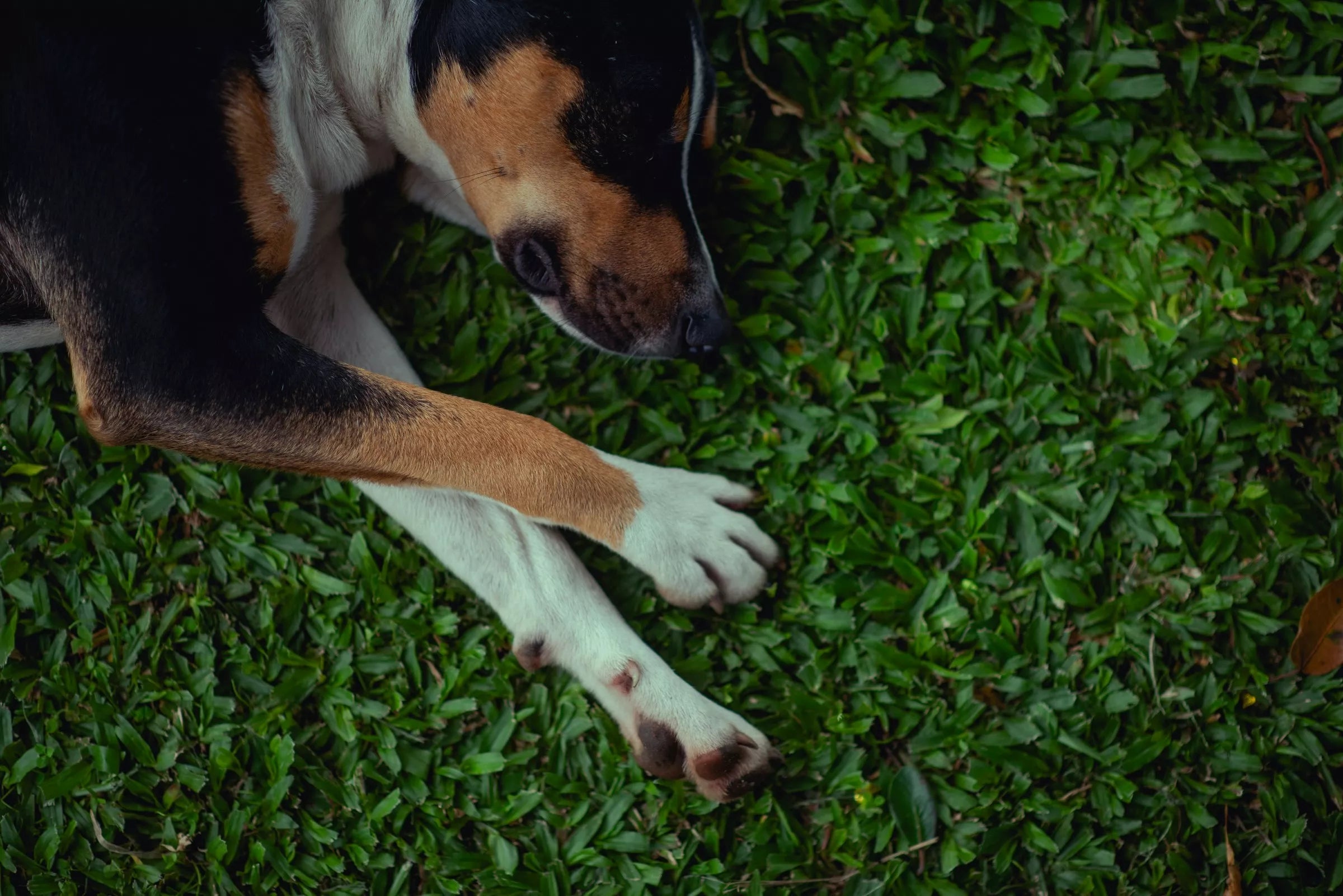

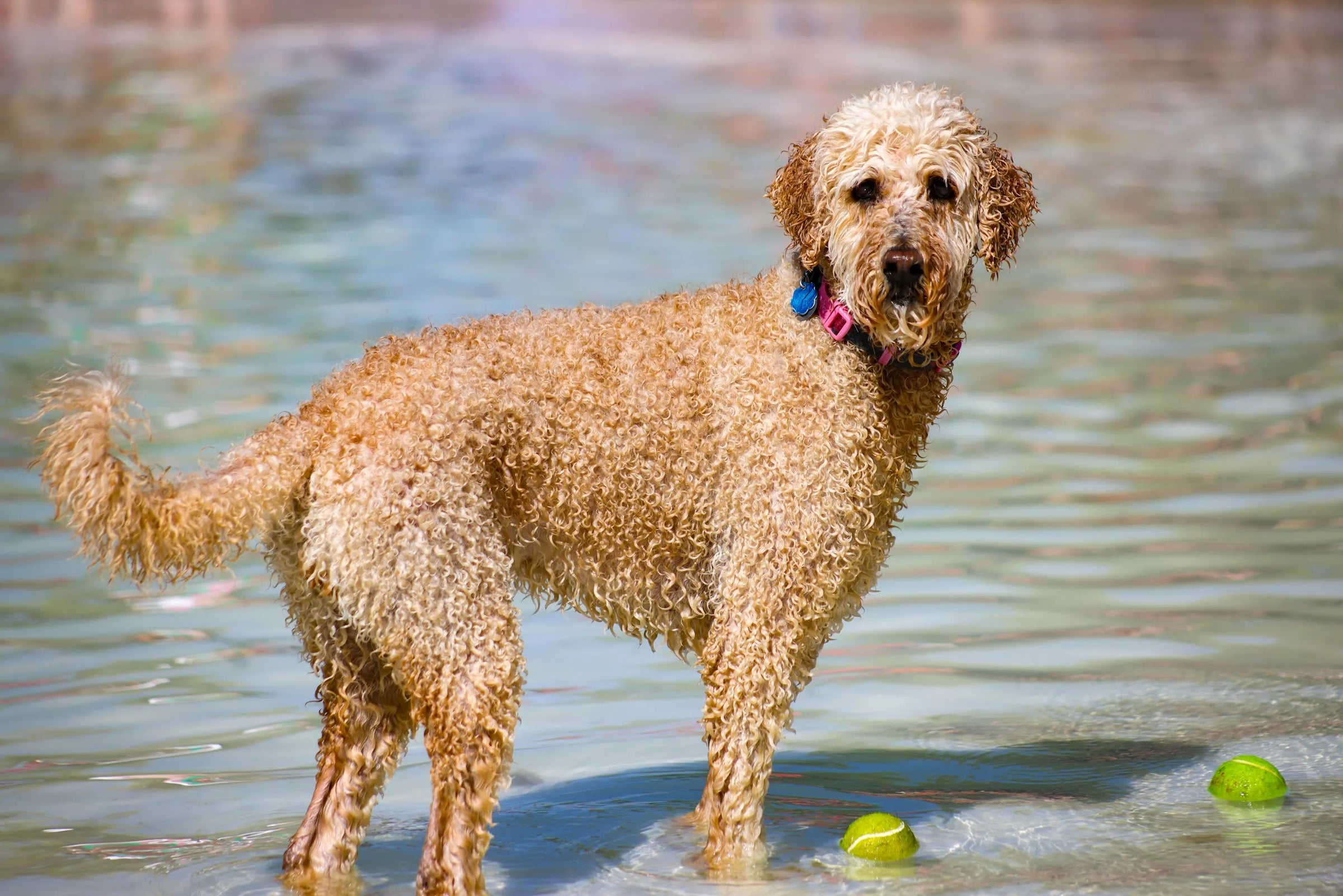






Share:
Which Custom Dog Harness Should I Get?
What to Do When My Dog Stops Eating?